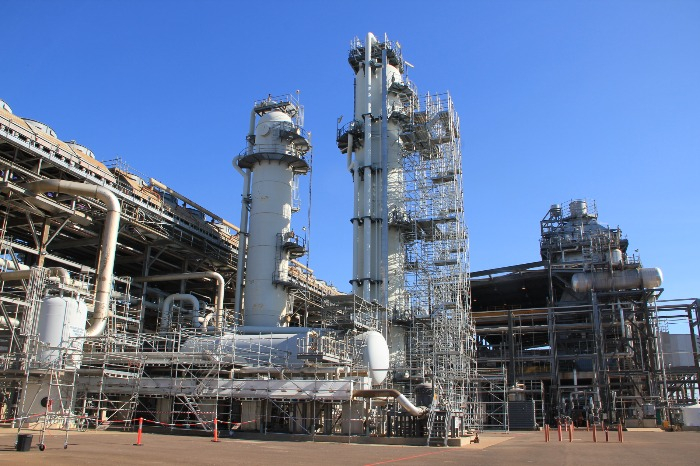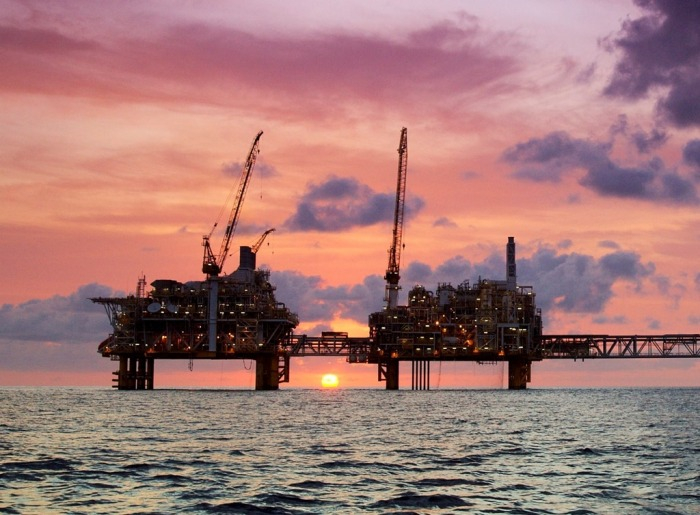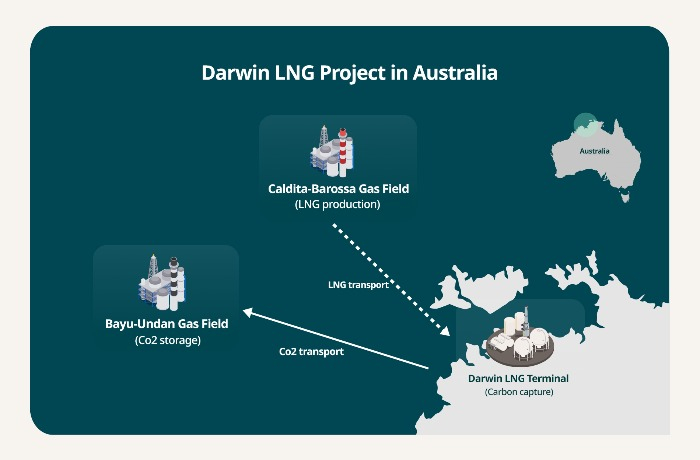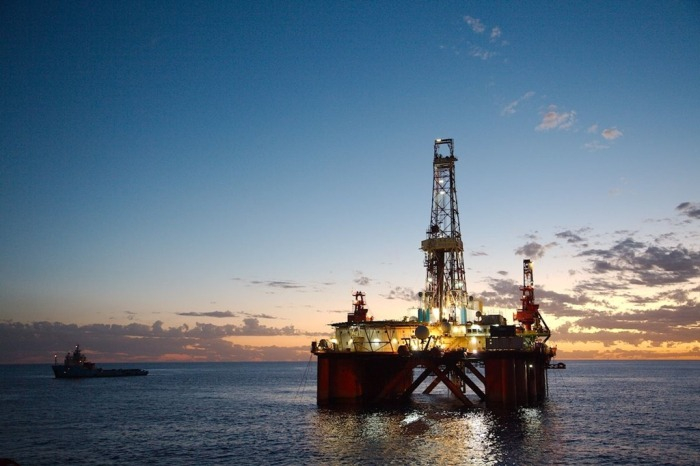SK E&S' low-carbon LNG project enjoys tailwind in Australia
Australia vows support for the LNG projects off its coast
By Aug 21, 2023 (Gmt+09:00)
LG Chem to sell water filter business to Glenwood PE for $692 million


Kyobo Life poised to buy Japan’s SBI Group-owned savings bank


KT&G eyes overseas M&A after rejecting activist fund's offer


StockX in merger talks with Naver’s online reseller Kream


Mirae Asset to be named Korea Post’s core real estate fund operator



DARWIN, Australia -- Darwin, Australia's northernmost port city, lies at the crossroads of the Pacific and Indian Oceans. With a tropical climate of up to 30 degrees Celsius, the city is a mecca for natural resources such as natural gas and rare earth.
About an hour’s drive from downtown Darwin is the Darwin LNG Terminal. Inside the terminal, there are two carbon dioxide capture facilities standing tall. They are 36 meters in height, or as high as the 14th floor of an apartment building.
Since 2006, the Darwin LNG Terminal has been transporting natural gas to the Bayu-Undan Gas Field off the southern coast of East Timor and 500 kilometers off the coast of Darwin through a pipeline.
Carbon dioxide and other impurities in the gas are removed through carbon capture facilities in the terminal.
Through this process, 3.7 million tons of natural gas, equivalent to 8.2% of South Korea's annual LNG consumption, are exported in the form of liquefied natural gas (LNG) from the Darwin LNG Terminal.

The Darwin LNG Terminal is expected to become a hub for natural gas development and carbon capture and storage (CCS) projects.
When gas production at the Bayu-Undan Gas Field ceases at the end of this year, the Darwin LNG Terminal will secure natural gas from the Caldita-Barossa gas fields, about 380 km from Darwin.
It aims to commercialize them from 2025.

Carbon dioxide released from the natural gas processing process is captured and sent to the depleted Bayu-Undan Gas Field through a dedicated transport ship. It will be then stored under a sandstone layer of about 3 km in the gas field.
It is known that the Bayu-Undan Gas Field can store about 10 million tons of carbon dioxide per year.
“Bayu-Undan’s gas pipeline is being recycled to transport carbon dioxide,” said Richard Hinckley, director of clean energy and development for Santos.
“Technical barriers have been overcome.”
LNG produced at the Barossa gas field will be brought into South Korea and used as a clean hydrogen source.
From 2026, SK E&S plans to produce 250,000 tons of blue hydrogen from natural gas annually at its blue hydrogen plant, to be built near the Boryeong LNG Terminal in South Chungcheong Province.

The Australian government is also committed to the blue hydogen.
"We support Darwin's LNG terminal and the Barossa gas field project together with the federal government, and this policy stance will not change,” Nicole Manison, deputy prime minister of the Northern Territory of Australia, told reporters at the Darwin LNG Terminal.
“We want to become a leader in the CCS (market) together with Korea."
Write to Mi-Sun Kang at misunny@hankyung.com
Yeonhee Kim edited this article.
-
 Hydrogen economySK E&S, Plug Power to strengthen hydrogen partnership
Hydrogen economySK E&S, Plug Power to strengthen hydrogen partnershipJul 27, 2023 (Gmt+09:00)
1 Min read -
 Carbon neutralitySK E&S seeks Australia's support for Barossa LNG, CCS projects
Carbon neutralitySK E&S seeks Australia's support for Barossa LNG, CCS projectsJul 26, 2023 (Gmt+09:00)
1 Min read -
 Mergers & AcquisitionsSK E&S eyes business split-up to raise up to $1. 5 bn
Mergers & AcquisitionsSK E&S eyes business split-up to raise up to $1. 5 bnJun 29, 2023 (Gmt+09:00)
3 Min read -
 Hydrogen economyKorea's SK E&S plans $14 bn joint investment in hydrogen biz
Hydrogen economyKorea's SK E&S plans $14 bn joint investment in hydrogen bizMay 19, 2023 (Gmt+09:00)
1 Min read -



